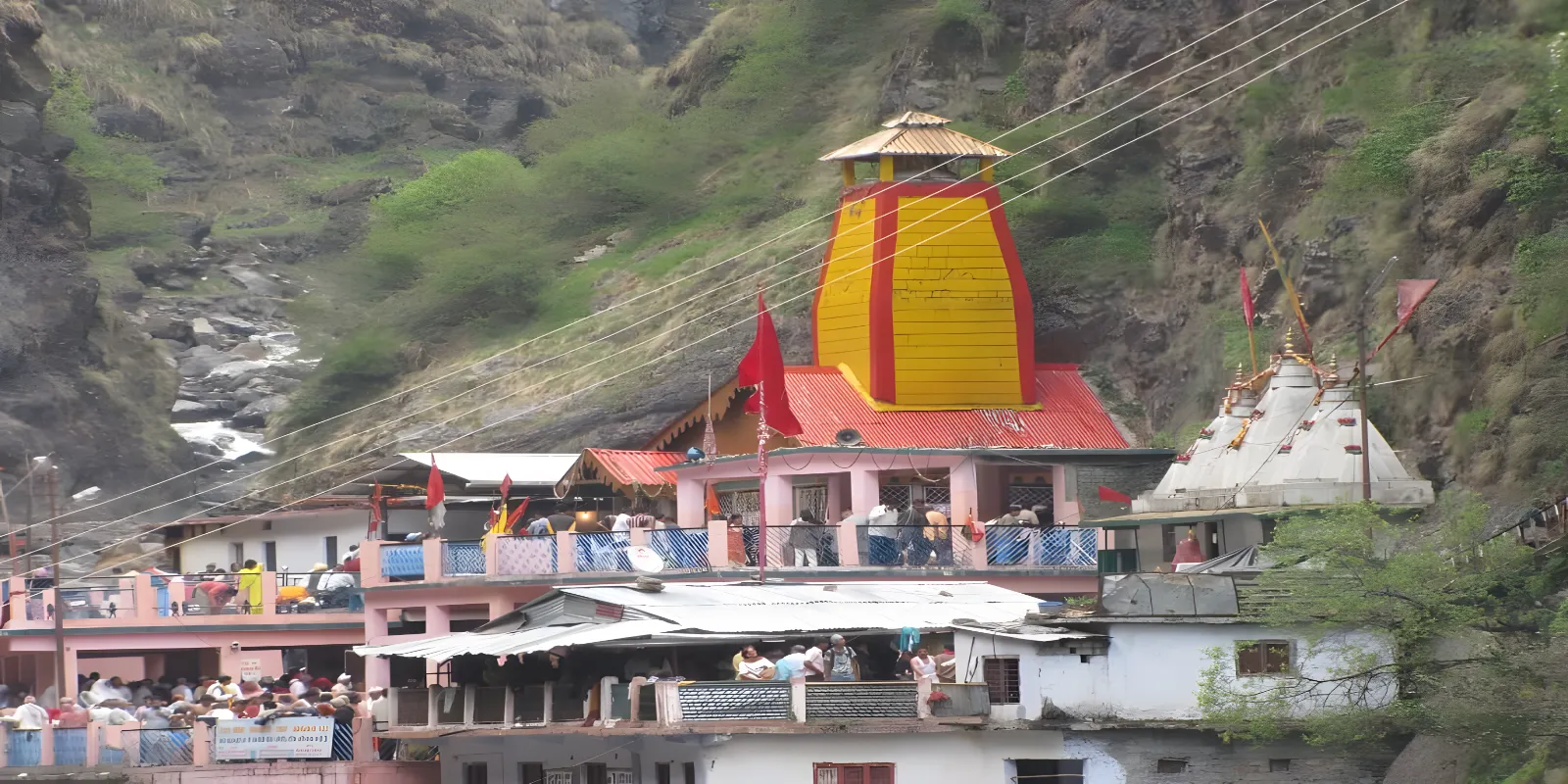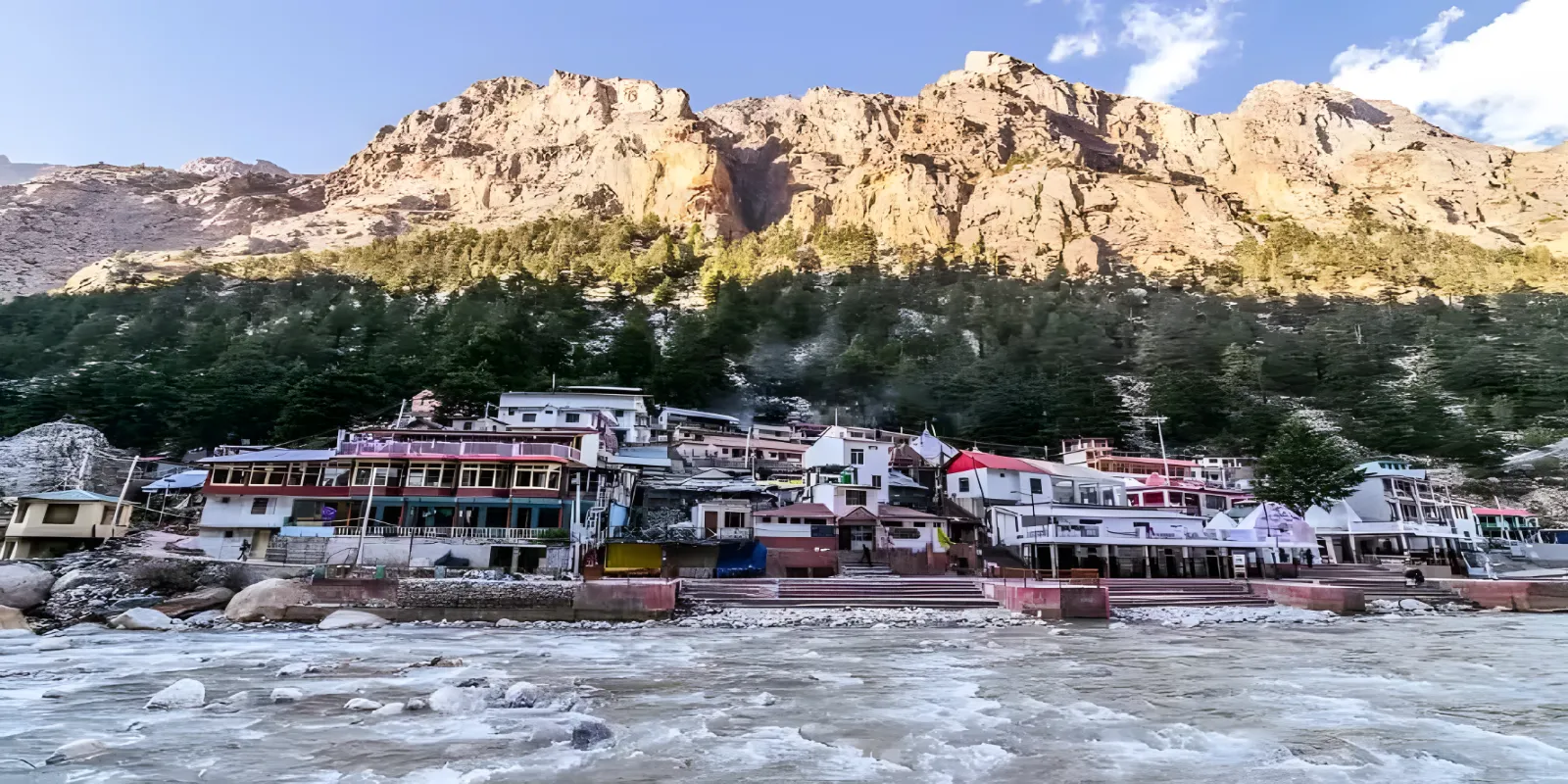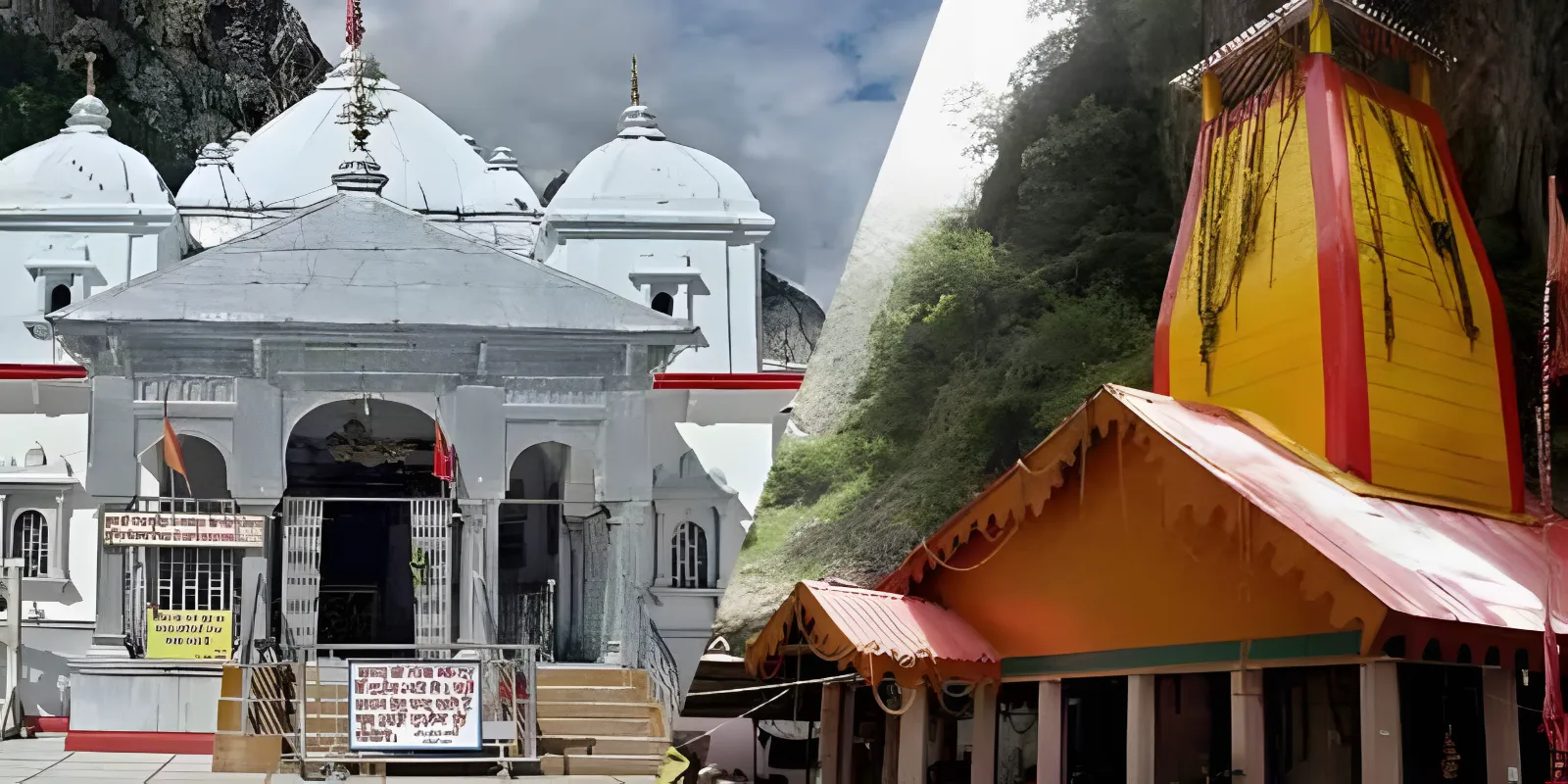Our journey began early in the morning from Delhi. We arranged for a reliable driver who picked us up from home and we set off for Haridwar, our first destination. Upon arrival, we checked into our hotel and took some time to relax. In the evening, we experienced the serene Ganga Aarti at Har ki Pauri, a mesmerizing ritual where lamps are floated on the river accompanied by chanting, creating a deeply spiritual atmosphere. We also visited the revered Mansa Devi Temple, seeking blessings for our upcoming journey. We spent the night in Haridwar preparing for the journey ahead.
The next morning, we started towards Hanuman Chatti, where there is a Hanuman temple. Legend says that Lord Hanuman rested here during his journey to Lanka to rescue Sita. From Hanuman Chatti, we proceeded to Janki Chatti, the starting point of our trek towards Yamunotri Dham, which covers approximately 6 kilometers. By the time we reached Janki Chatti, it was dark, so we decided not to trek to the temple. There were many budget hotels and guest houses in Janki Chatti, and we managed to get 2-3 rooms to spend the night. The next morning, we began our trek to the temple, which takes nearly 5-6 hours to reach. There are palkis and pony services for those who find trekking difficult, with a prepaid counter available at Janki Chatti. Along the way to Yamunotri from Janki Chatti, there is a Ram temple. Upon reaching Yamunotri, we began our rituals by purifying ourselves in the cleansing waters of Gauri Kund, followed by offering prayers at the sacred Yamunotri Temple. Outside the main shrine lies Divya Shila, a revered holy rock linked to Goddess Yamuna, which devotees’ worship before entering the temple. It is customary for pilgrims to first take a dip in Suryakund. As part of the pooja, rice and potatoes are tied in a muslin cloth and dipped in the hot water spring to cook. The prasad is offered at Divya Shila before being taken to the temple for offering and can be taken home afterward. Though not mandatory, this ritual is advised for the successful completion of the pooja. We then descended to Janki Chatti and proceeded to Barkot for an overnight stay.
Continuing our journey from Uttarkashi towards Gangotri Temple, we embarked on a scenic drive along winding roads that hugged the majestic Bhagirathi River. The road to Gangotri is known for its breath-taking views of the Himalayan peaks and lush green valleys dotted with terraced fields. On our trip to Gangotri Dham, we visited Gangnani Kund, a hot spring where pilgrims rest. The spring is said to have healing qualities because of its high sulfur levels. Pilgrims often stop here for a dip before continuing to the temple.
Further along our journey is Bhairon Ghati, nearly 20 km from Harsil. From Bhairon Ghati, it was about an 8 km drive to Gangotri Dham, with the last kilometer on foot to reach the temple area. As children, we heard the tale of King Bhagirath's penance that brought the Ganges River to Earth. At Gangotri Dham, we visited the Gangotri Temple and experienced the sacredness of the Bhagirathi River amidst prayers and ancient stories. Later, we visited Surya Kund and Pandav Caves. Legend has it that the Pandavas meditated here during the Mahabharata. At Surya Kund, a sacred pool near Gangotri Dham where devotees pray to Lord Sun, we couldn’t go down due to its waterfall-like structure. We enjoyed the view of the water from a distance. At the Gangotri temple market, we bought puja items. The Bhagirathi River at Gangotri is freezing cold, so swimming is not advisable. Inside the temple, we saw the place where King Bhagirath meditated to bring Ganga to Earth, alongside idols of Lord Shiva, Ma Shakti, and Lord Ganesha.
Approaching Gangotri, the air got cooler and the sound of the flowing river became louder, telling us we were reaching this holy place nestled at around 3,100 meters above sea level. The Gangotri Temple, dedicated to Goddess Ganga, stood majestically against the backdrop of snow-clad peaks. Built by General Amar Singh Thapa in the early 18th century, the temple holds immense religious significance as the source of the holy river Ganga, believed to have descended to Earth through the penance of King Bhagirath. Inside the temple, people from around the world gathered to seek blessings. The inner sanctum held the sacred shrine, decorated with detailed carvings and ancient statues. The atmosphere echoed with priests singing hymns and bells ringing, creating a peaceful feeling of spirituality. After offering our prayers and seeking blessings at Gangotri Temple, we explored nearby attractions. Surya Kund, a natural hot water spring, captivated us with its mystical charm. Pilgrims immersed themselves in the healing waters, believed to cleanse sins and purify the soul. Nearby, Pandav Gufa provided a glimpse into ancient times, where the Pandavas are said to have meditated during their exile.
After leaving Gangotri, we journeyed back to Rishikesh, passing through the breath-taking landscapes of Uttarakhand. On our way, we decided to explore the charming village of Harshil along the Bhagirathi River. Known for its snowy mountains and apple orchards, Harshil attracts many visitors. The drive offered stunning views of the Himalayan ranges.
Arriving in Rishikesh, we were welcomed by its vibrant spiritual atmosphere and serene setting along the Ganga River. The bustling markets were adorned with colourful handicrafts, spiritual books, and yoga centres. In the evening, the ashram hosted a mesmerizing Ganga Aarti ceremony. Devotees gathered on the riverbanks, offering prayers and floating oil lamps that shimmered on the water. The rhythmic chants and melodious hymns filled the air, creating a deeply moving spiritual experience. Despite the crowd, we found a spot to witness the aarti from a distance and spent the night in Rishikesh.



